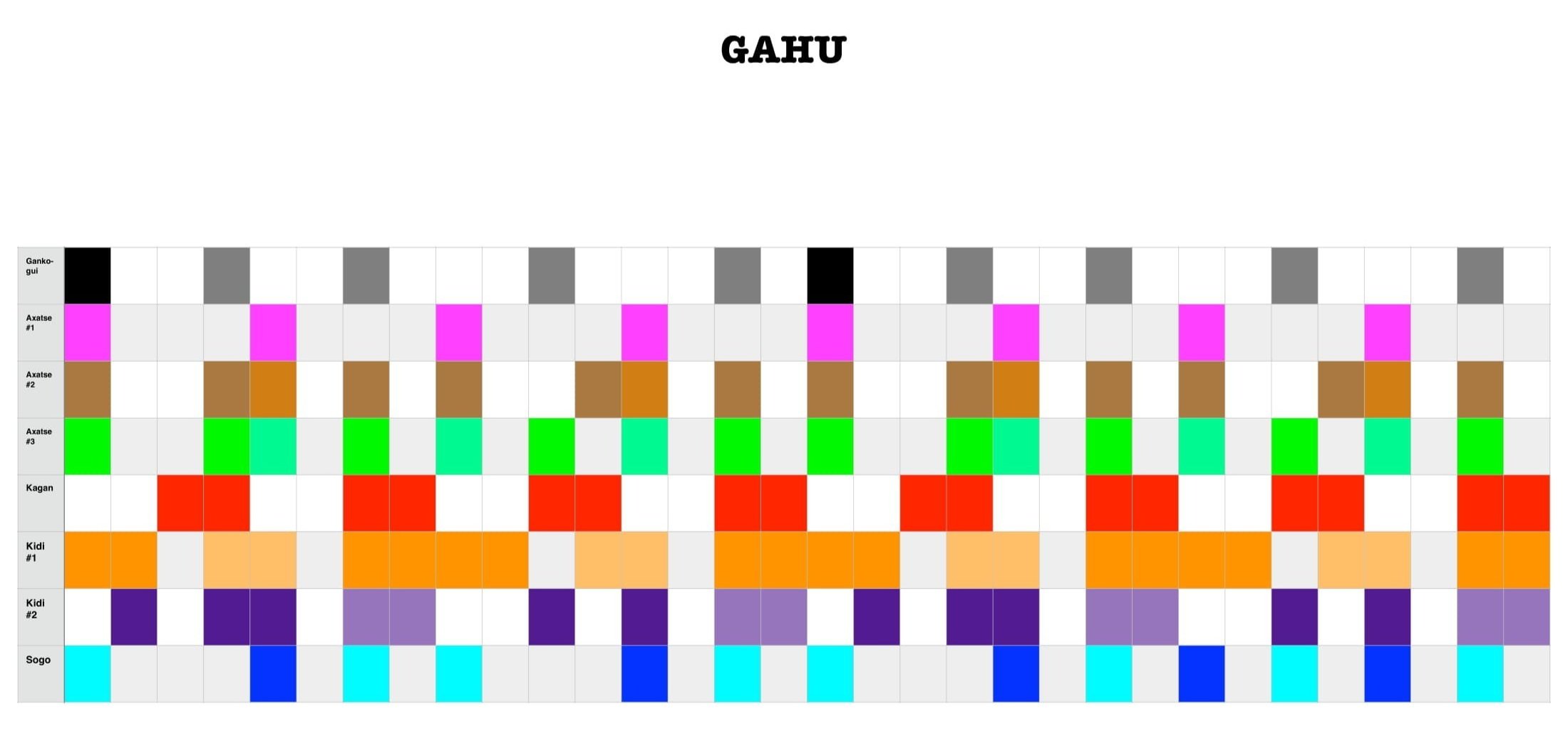



In Quadratum, we discuss the internal mechanism of the musics we enact. Comparative musicking means that we recognize elemental likenesses, but we respect, articulate, and embody the crucial distinctions. Apprentices explore theories of Western, South Indian, Ghanaian, and experimental musics.

Embodying pitch relations requires imagination and deft footwork. Here, students create counterpoint and enact contrary, parallel, and oblique motion.

For folks learning music and especially those musicians who must physically produce intervals from their bodies, i.e. singers, teaching tends to reduce intervallic complexity to supercultural mnemonics. Upward 5ths are likened to the Star Wars movie riff in its opening sequences; Upward 6ths are invariably associated with "My Bonnie Lies Over the Ocean", which is funny because I can't think of many contemporary children who know that song, and yet it continues to be the peerless exemplar for upward 6ths. I could go on, but the problem is that each of those examples is not a complete reference for either of those intervals. Rather, those mnemonics refer only to those intervals as they present in those situations. For example, the Star Wars upward 5th (and others like it, such as John Williams's Superman theme; Twinkle, Twinkle Little Star; etc.), only go from "do" (1st scale degree) to "sol" (5th scale degree). There are five other fifths in a major scale. Five! And they all sound different, because they do different things within the key. That is why it is difficult to learn intervals. If all we had to do was learn a few mnemonics that applied to all instances, folks would be perfect sight-singers and transcribers.